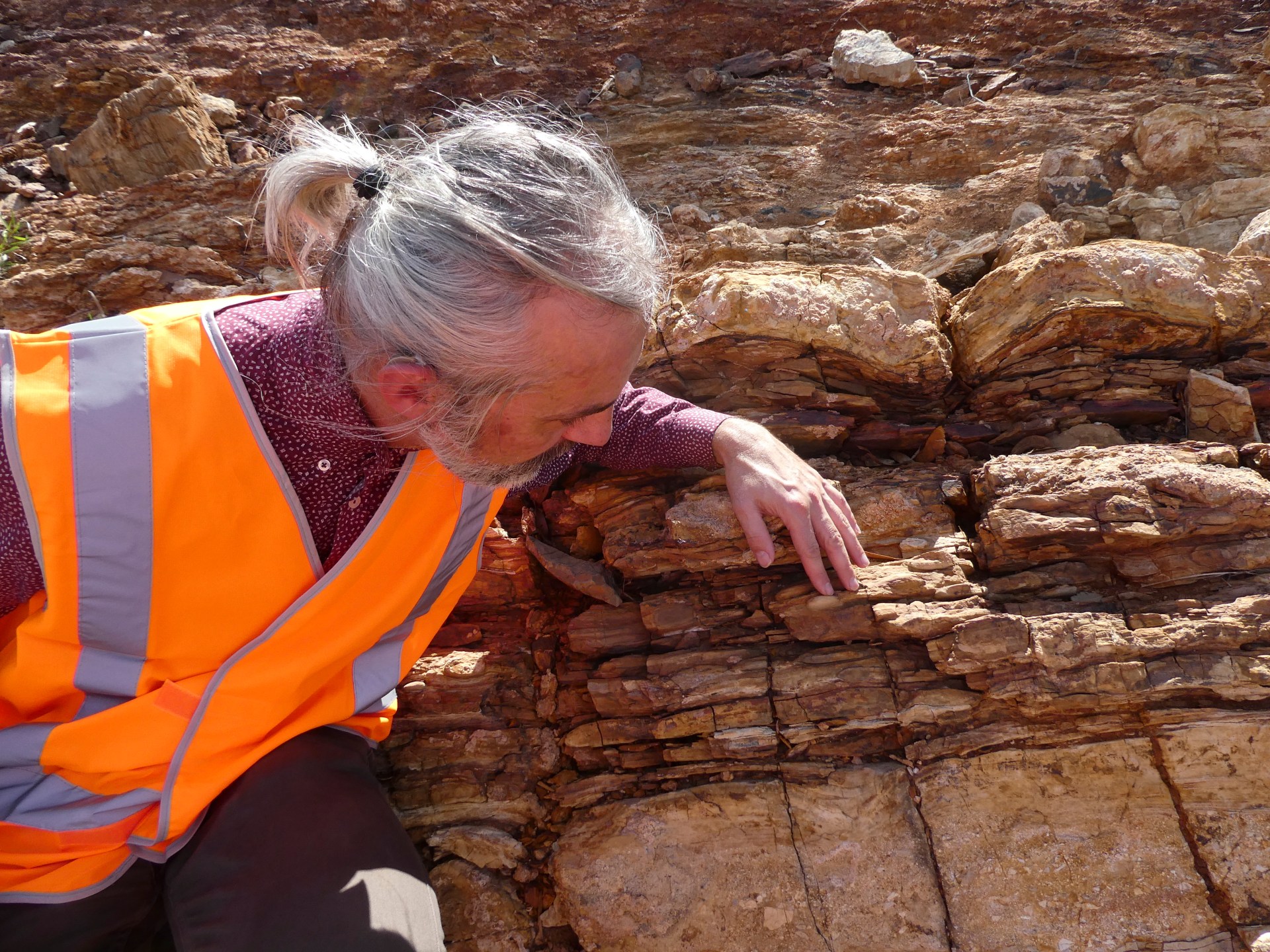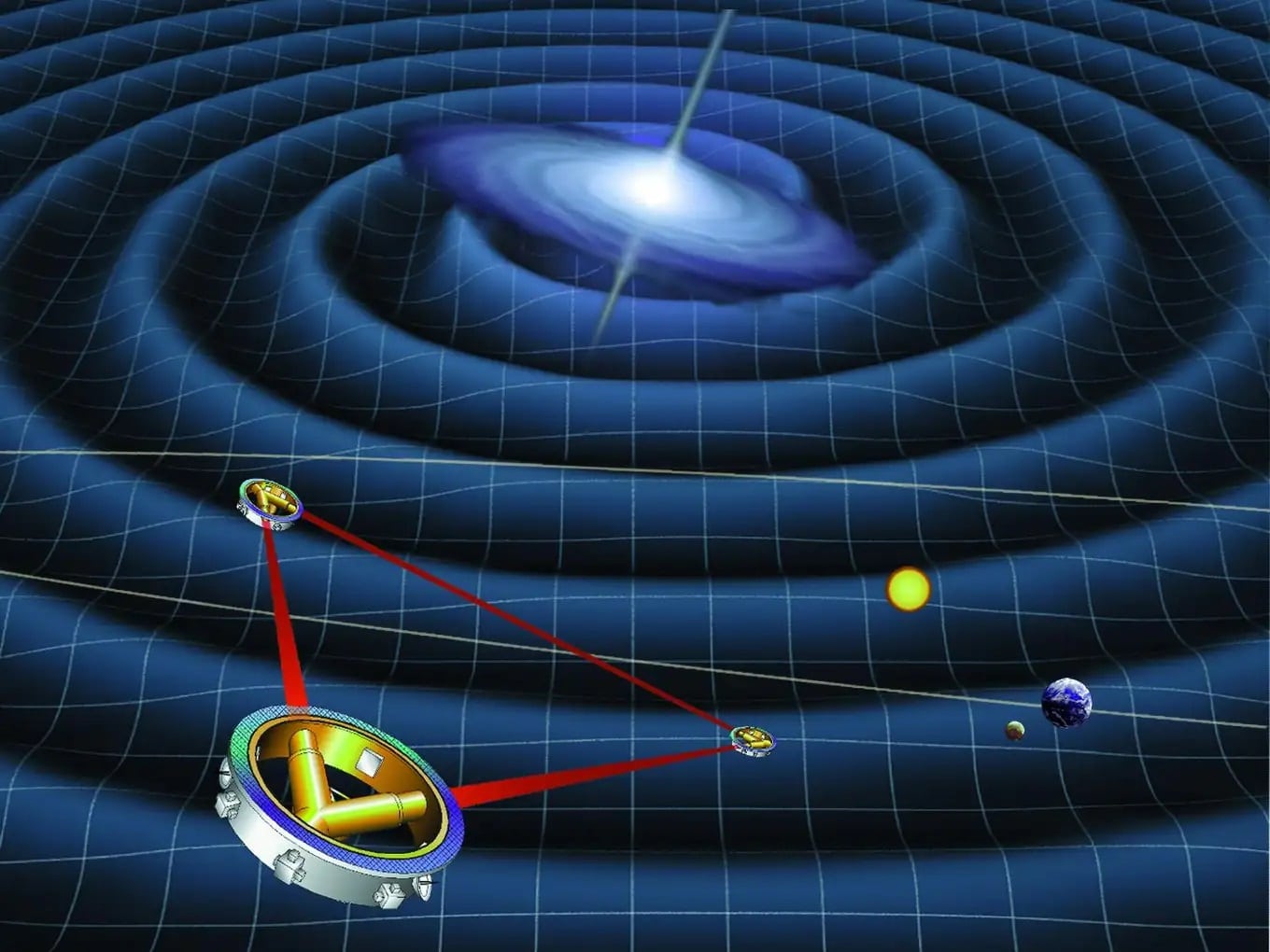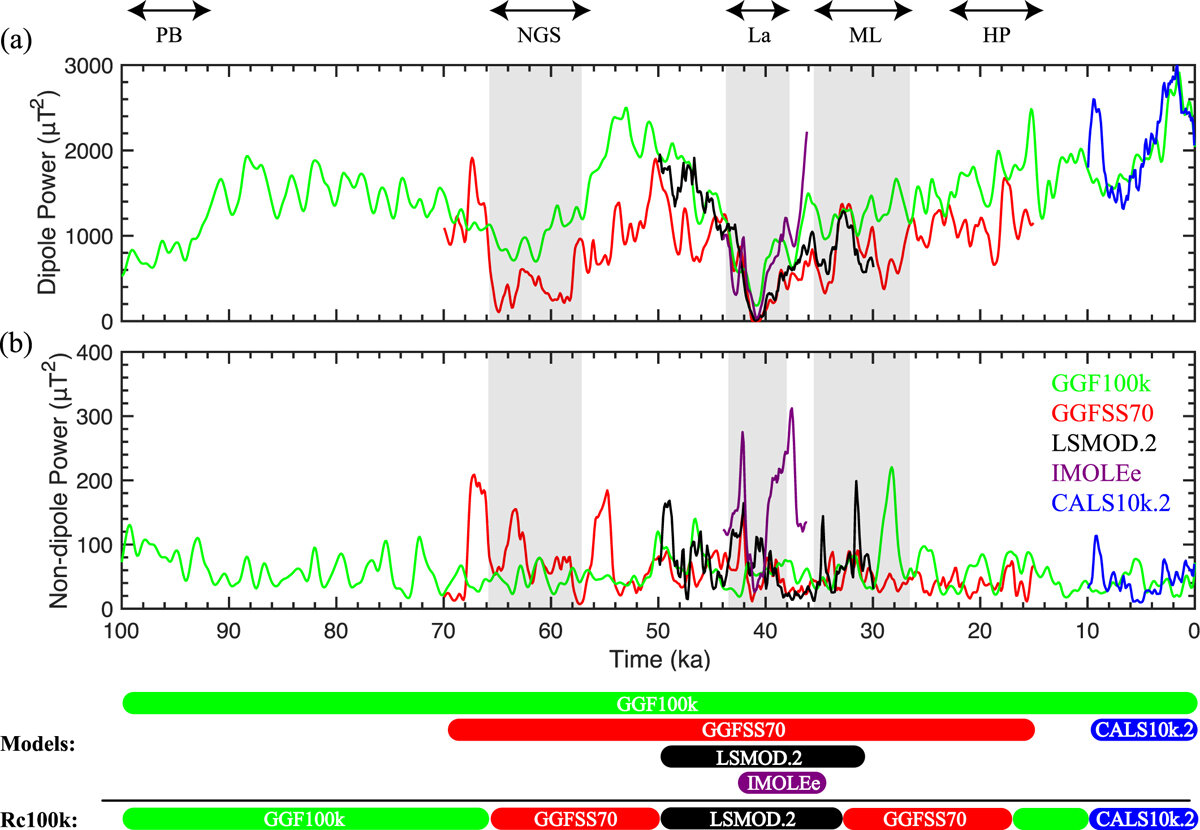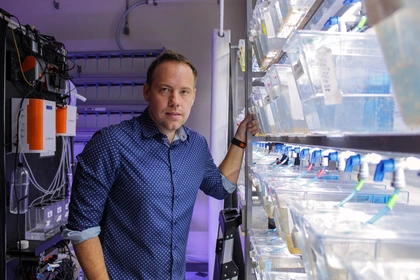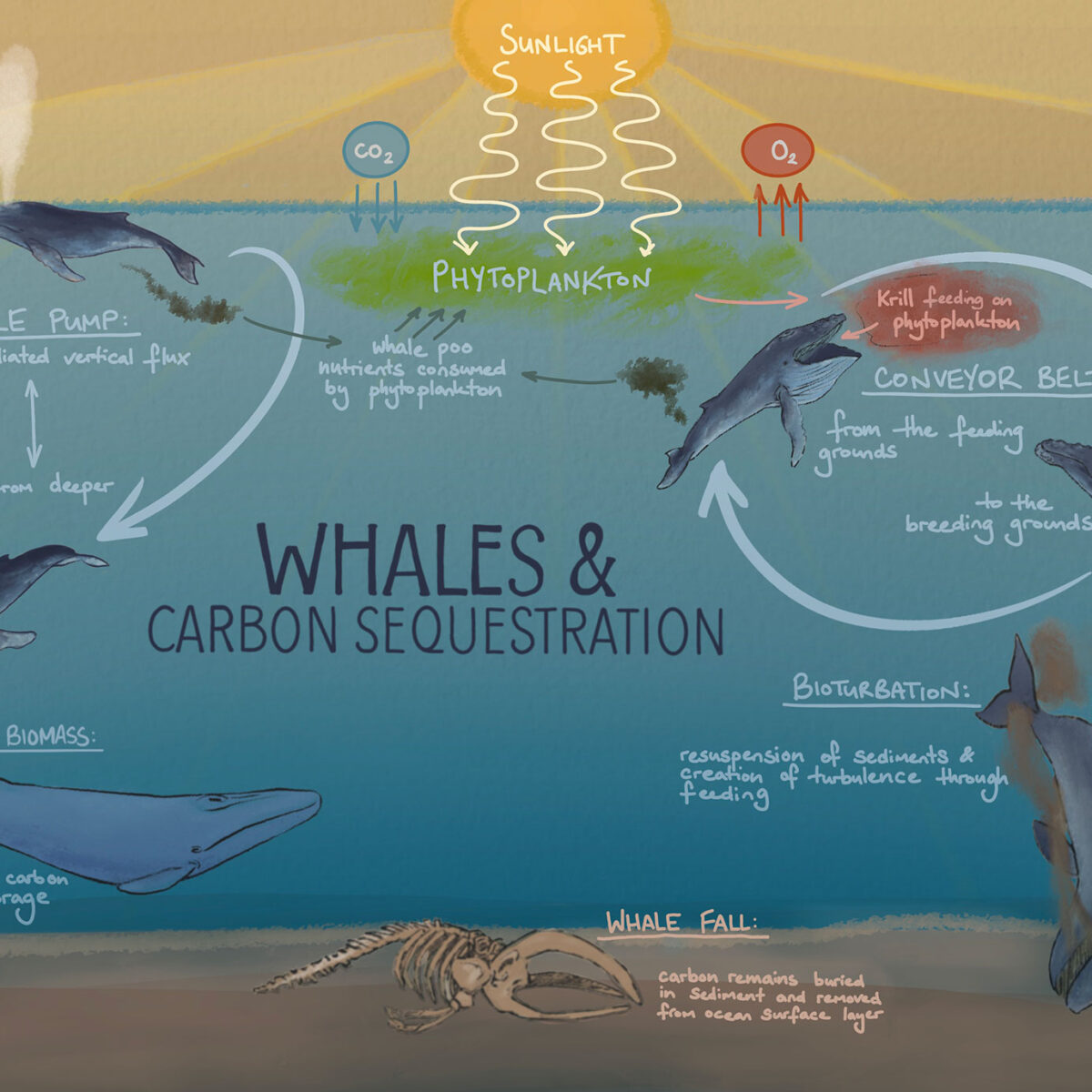Gen misterioso del virus del suelo descubierto por primera vez
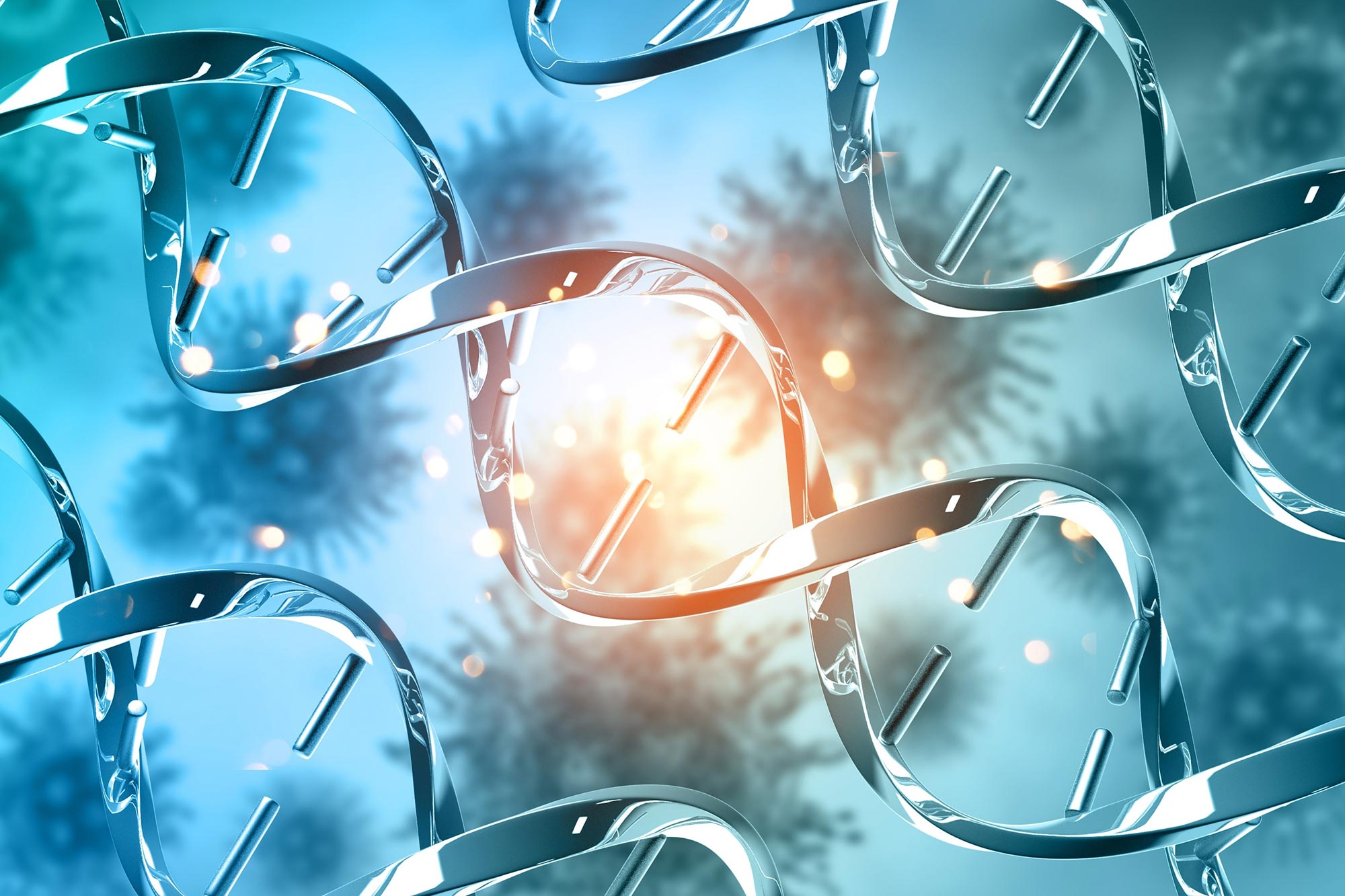
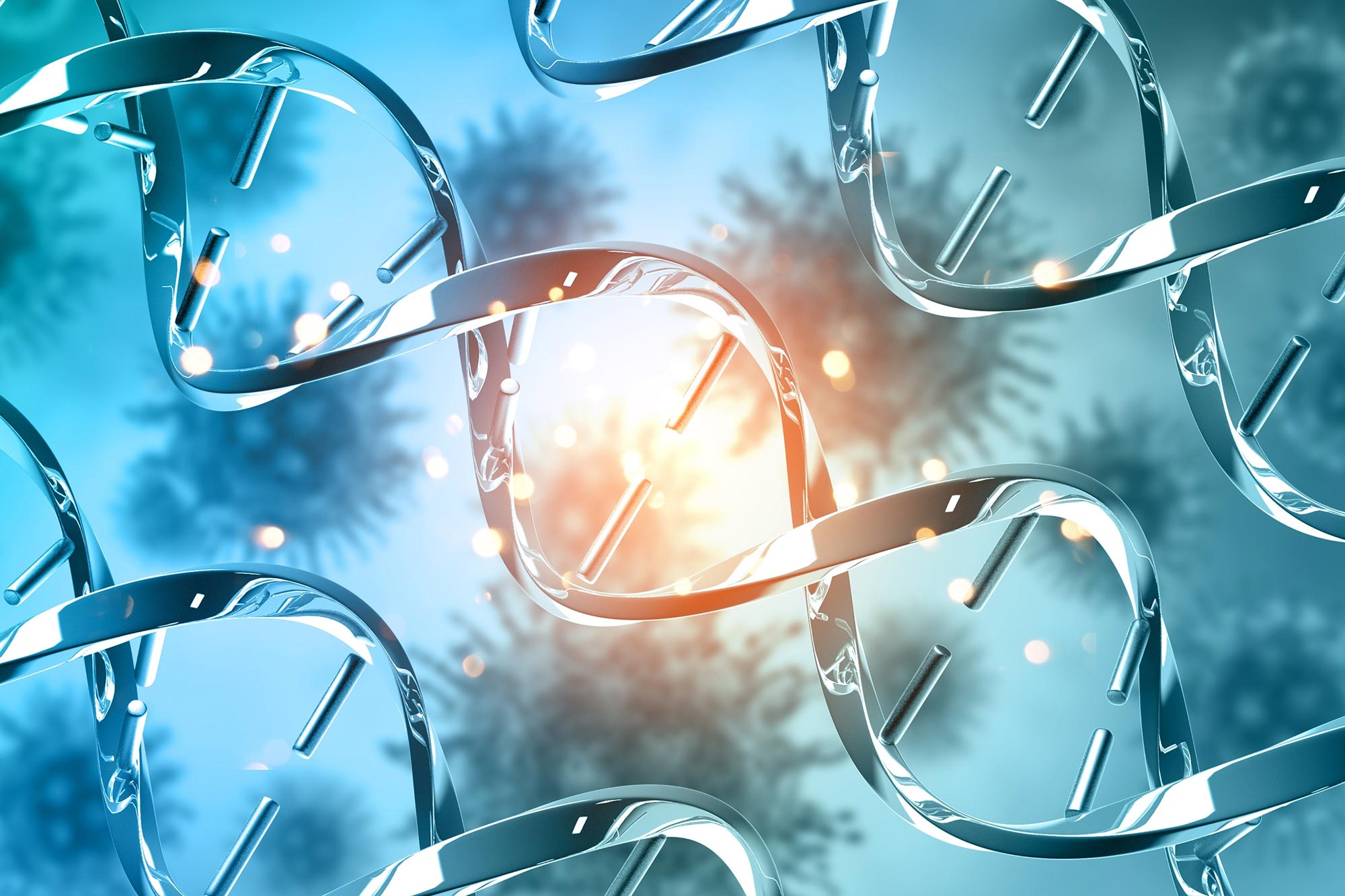
La investigación ha arrojado nueva luz sobre los genes metabólicos auxiliares.
La proteína podría desempeñar un papel importante tanto en la descomposición del suelo como en el ciclo del carbono del suelo.
Hay miles de millones de bacterias, hongos y virus en cada puñado de suelo, todos los cuales ayudan a mantener el ciclo de la vida. Comprender cómo interactúan estos microorganismos entre sí permite a los científicos comprender mejor la salud del suelo, el carbono del suelo y el ciclo de nutrientes, e incluso cómo se descomponen los insectos muertos.
Los virus del suelo portan genes que parecen tener un papel metabólico, pero no son esenciales para la replicación viral normal. Estos genes se conocen como genes metabólicos auxiliares (AMG) y producen proteínas, algunas de las cuales son enzimas con diversas funciones. Los científicos han planteado previamente la hipótesis de que ciertas proteínas AMG desempeñan un papel en procesos cruciales del suelo, como el ciclo del carbono. Para obtener más información sobre los AMG del suelo, los investigadores determinaron la estructura atómica de una proteína expresada por un AMG específico.

Una estructura tridimensional del producto del virus del suelo AMG, una enzima conocida como quitosanasa. La quitosanasa se compone de dos dominios estructurales (Dominio-1 en verde y Dominio-2 en rosa). El sitio activo donde ocurre la reacción química está resaltado por los cuatro palos amarillos y rojos. Crédito: Clyde Smith/Laboratorio Nacional de Aceleradores de SLAC
Los investigadores utilizaron rayos X de alta luminosidad generados por la fuente de luz de radiación de sincrotrón de Stanford (SSRL) línea de luz 12-2 en el Departamento de Energía (DOE) Laboratorio Nacional de Aceleradores SLAC para irradiar frágiles muestras de proteínas cristalizadas. Los rayos X golpean las proteínas en las muestras de cristal, exponiendo sus estructuras moleculares, así como parte del misterio que rodea su composición.
Como muchos genes virales, los AMG no ayudan a que un virus se replique. En cambio, codifican una variedad de proteínas, cada una con su propia función predicha. La AMG que se expresó fue una enzima putativa que desempeña un papel clave en la forma en que los suelos procesan y reciclan el carbono de regreso a la biosfera.
“Vimos la ubicación de cada[{» attribute=»»>atom in the viral protein, which helps us figure out how it functions,” Clyde Smith, SSRL senior researcher and co-author, said. “We were amazed to see that the protein resembles known atomic structures of related bacterial and fungal enzyme families, but also contained totally new pieces.”
The detailed atomic structure is unprecedented and reveals for the first time the potential mechanism of this novel enzyme that could play an important role in soil ecology, Janet K. Jansson, chief scientist at the DOE’s Pacific Northwest National Laboratory (PNNL) and co-author, said.
“Our collaboration with SLAC has enabled us to decipher previously unknown functions carried out by soil viruses,” Jansson said.
The research team from SSRL, PNNL, and the Joint Genome Institute (JGI) at the DOE’s Lawrence Berkeley National Laboratory, recently published their results in Nature Communications.
Breaking down chitin
Researchers think that the viral AMG in the study encodes an enzyme that performs a degradation reaction on chitin. Chitin is the second most abundant carbon biopolymer on the planet after cellulose and is a part of an insect’s exoskeleton and the cell walls of most fungi.
The viral AMG in the study is known as a chitosanase protein, and from sequence analysis was identified as a member of the glycosyl hydrolase GH75 family. This protein could be acting like a garden hoe for the soil – i.e., a tool that helps to prepare the soil for vegetables, trees, flowers, and all other kinds of life.
Capturing the atomic structure of the chitosanase protein required more than 5,000 images taken from the crystal samples. Piecing together these images revealed that parts of the protein’s structure resembled a known group of carbohydrate-metabolizing enzymes from the glycosyl hydrolase GH45 family. However, the chitosanase protein contained other molecular pieces that did not look like those found in GH45, or in any other known protein structures, which means its role in soil cycling remains open to further studies, Smith said.
“There is a part of the enzyme that is completely new and novel. That’s what’s exciting to me as a structural biologist – to see something we have not seen before, and then try to figure out what its role might be,” Smith said.
Future research could lead to an understanding of why AMGs exist in the first place since they do not help a virus replicate, Smith said. Additionally, researchers could learn more about other AMGs carried by soil viruses and whether or not they play a functional role in the soil ecosystem.
“One of the big questions coming from this finding is, ‘What in the soil needs that carbon in the chitin?’” Smith said. “Answers to questions like this will lead to a deeper understanding about the interaction of the multitude of microorganisms in the soil, the movement of nutrients and essential molecules, and the overall health of the soil.”
Reference: “Structural characterization of a soil viral auxiliary metabolic gene product – a functional chitosanase” by Ruonan Wu, Clyde A. Smith, Garry W. Buchko, Ian K. Blaby, David Paez-Espino, Nikos C. Kyrpides, Yasuo Yoshikuni, Jason E. McDermott, Kirsten S. Hofmockel, John R. Cort and Janet K. Jansson, 19 September 2022, Nature Communications.
DOI: 10.1038/s41467-022-32993-8
The study was funded by the DOE’s Office of Biological and Environmental Research (BER), JGI, and the DOE’s Environmental Molecular Sciences Laboratory (EMSL). The project was initiated by researchers at PNNL through the soil microbiome SFA funded by BER. It was also supported by a FICUS grant for JGI and EMSL support. The Structural Molecular Biology Program at SSRL is supported by the DOE’s BER and by the National Institutes of Health, and the National Institute of General Medical Sciences.

